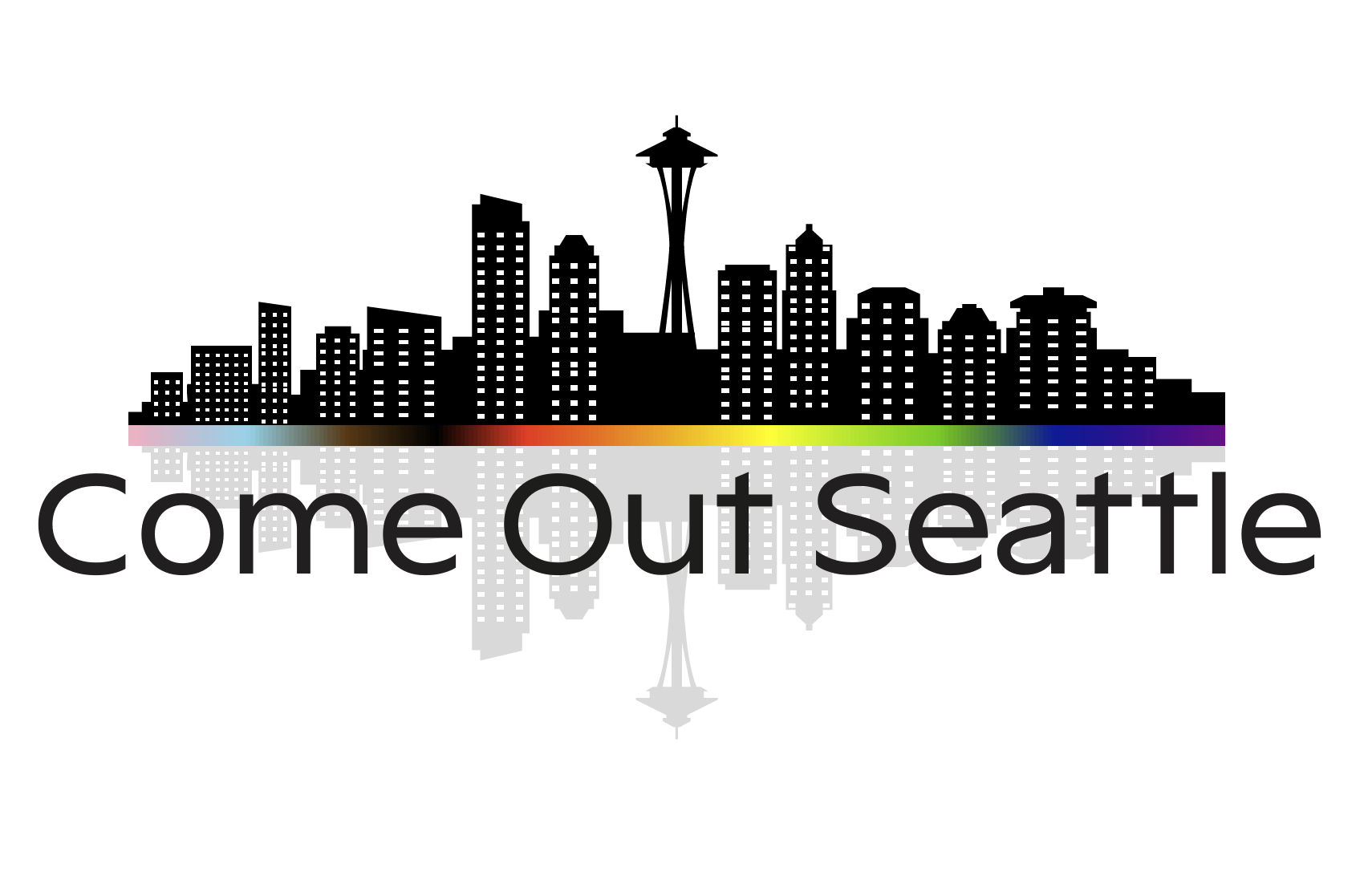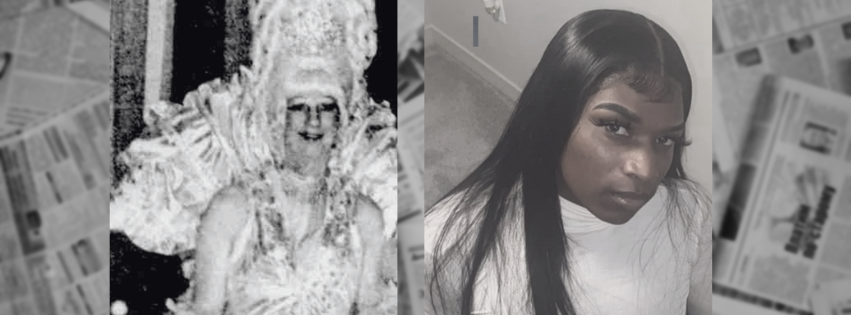
Seattle Homosexual Problem Reported to be 'Out of Hand' - Seattle Times 1966
Oct 12, 2025 | Come Out Seattle
From Oct.13 to 16,2025, Seattle will host the Out & Equal 2025 Workplace Summit which will bring over 3,000 participants from around the country to Seattle to explore and discuss LGBTQ issues relating to business employment. As an organization dedicated to exploring and preserving Seattle’s LGBTQ bar, tavern, and restaurant history, Come Out Seattle welcomes them to our fair city by exploring the various names our city has used since it’s first inhabitants occupied this land years ago.
---
Seattle has had over 225 LGBTQ bars, taverns, and restaurants which have been located all over our city. In fact, the space now occupied by the Seattle Convention Center Summit where the conference will be held was home to 2 LGBTQ businesses: Spag’s Tavern (1965 -1987; 924 Pine St.) and The Pines bathhouse (1978-1986; 912 Pine St.).
The buildings housing Spag’s, The Pines, and The Imperial Court of Seattle’s “Courthouse”, which was in the basement of Spag’s, were torn down in 1987 to build the Seattle Metro bus tunnel which was then torn down to build the Summit Convention Center. Visit Come Out Seattle to learn more about our project. And use our interactive map our interactive map which is currently in the development stage.
Dzidzilalich
Originally known as Dzidzilalich in the Lushootseed language (“Little crossing-over place”; pronounced dzee-dzuh-lah-leech), the Coast Salish Suquamish and Duwamish Tribes have lived here since time immemorial, long before the arrival of white settlers. Recently, this name has been memorialized by designating Alaskan Way and Elliott Way between Pioneer Square and Belltown along the new Seattle waterfront the honorary name of Dzidzilalich.
To explore Dzidzilalich, after visiting world famous Pike Place Market, walk the new promenade to Seattle's waterfront to enjoy the views of sea and mountains. Then head south to see the Pioneer Square Habitat Beach, a small man-made beach reminiscent of the original waterfront.
From there you can head east to Pioneer Square along Yesler Way and visit historic LGBTQ sites ( see below). Dzidzilalich was located approximately in the area of 1st and Yesler and ran along a lagoon that stretched through what is now Occidental Park to 4th and Jackson Street near the train station, and south to Beacon Hill.
Seattle
When the city was being named by the white settlers, the Anglicized word “Seattle” was chosen in honor of Chief Si'ahl (1780- 1866) leader of a six-tribe confederation in central Puget Sound. His father, Shweabe, had been chief of the Suquamish tribe, and Si’ahl continued his family tradition of cooperation with the white settlers.
In 1852, Henry Yesler built a sawmill at the foot of a hill and a path where trees were skidded down to his mill, the original “skid road”. First known as Mill Street, it became Yesler Way. The area around and south of the mill developed into Pioneer Square and eventually became the center of Seattle’s LGBTQ community from the 1940s-1970s.
In Pioneer Square, visit the site of our first Gay Pride commemorated by a historical marker at the south end of Occidental Park. The marker joins 14 other historical and informational plaques on Seattle’s self-guided Trail to Treasure which includes stop #5, the location of Shelly’s Leg Disco, a LGBTQ disco commemorated by Wes Hurley’s new short documentary Shelly's Leg.
The Queen City
In 1869, a real estate developer from Portland (a larger and more important city at that time), published a pamphlet designating Seatle as "The Future Queen City of the Pacific" . Little did he realize how appropriate this name would become when based on a highly seasonal extraction economy of logging and fishing, Seattle developed a population that skewed heavily male. This reflected a 90-95% male population in the Pacific Northwest around the turn of the 20th century!
Looking to spend their wages and relax between seasons, this male population supported a fast-growing hospitality ecosystem in Seattle centered in Pioneer Square. One description from the 1850’s listed Seattle as “ fifty houses, 2 streets, 2 hotels, 5 boarding houses, and 17 grog shops” ! And in 1910, Seattle’s Mayor Hiram C. Gill authorized building the “world’s largest brothel” with 500 rooms!
In the early 1960s, gay bar and tavern owners joined together for protection and named their organization "The Queen City Business Guild". It was the second and longest lasting of Seattle’s original LGBTQ organizations.
With meetings held at the world-famous Mocambo Restaurant and Bar (1951–1978) , the bar owners led by Robert Bedord and MacIver Wells went on to disrupt the entire Seattle hospitality industry by challenging and later exposing the long running police payoff system which controlled both straight and gay establishments in the city. Oddly, the payoff system encouraged and allowed LGBTQ bars to operate and thrive at the same time that it controlled all aspects of their operations.
In 1966, Seattle’s police chef said that the “Seattle Homosexual Problem” was “out of hand” with a “doubling of gay bars” between 1958 and 1966 to15. With “a national reputation as being soft on homosexuals”, the police and other bureaucracies then worked together to shut down all gay bars since the bars had started to refuse to pay to play. This attempted suppression ultimately backfired with the gay bar owners uniting and, with the help of the F.B.I., pushed back in court until the system was wiped out (or at least brought under control)!
The “queens” won, and The Queen City lived up to its name with the LGBTQ scene exploding into the 1970s!
The Emerald City
Complimenting Washington State’s nickname of the “Evergreen State”, “The Emerald City” was officially adopted in 1982 to celebrate Seattle’s connection to the lush Pacific Northwest environment. It can also be seen as recognition of Seattle’s penchant for imagination and invention as symbolized by the fabled city in The Wizard of Oz!
Seattle became a center of tech innovation and Seattle’s LGBTQ community played a pivotal role since one of its members was at the forefront of the coming technology revolution.
Ric Weiland (1953-2006) was born in Seattle and was a classmate with Paul Allen and upper classmate to Bill Gates and Kent Evans. Together they formed a high school computer club which eventually led to Microsoft. Ric played an integral part in the development of BASIC and COBAL. When Gates and Allan formed Microsoft, they asked Ric to join them. He decided against joining them in a business partnership because he wanted to have a more well-rounded life and continue to explore his life as a gay man. Ric turned them down but became the 3rd employee at Microsoft (after Gates and Allan) and tech history was changed for ever!
Later he went on to play a major role in gaining LGBTQ recognition and rights at General Electric and again helped change the course of business history.
Ric’s story has recently bring brought into focus by an excellent exhibit at Seattle's MOAHI museum as well as the recent movie "Yes I Am".
As part of your visit to Seattle, we encourage you to visit and explore Pioneer Square and Capitol Hill utilizing the the interactive map at Come Out Seattle, visit The AMP — AIDS Memorial Pathway on Capitol Hill, MOHAI in South Lake Union to learn more history about Seattle, and watch the movie “Yes I AM” to ponder the huge role that Seattle’s LGBTQ residents have played in the history of our city.

